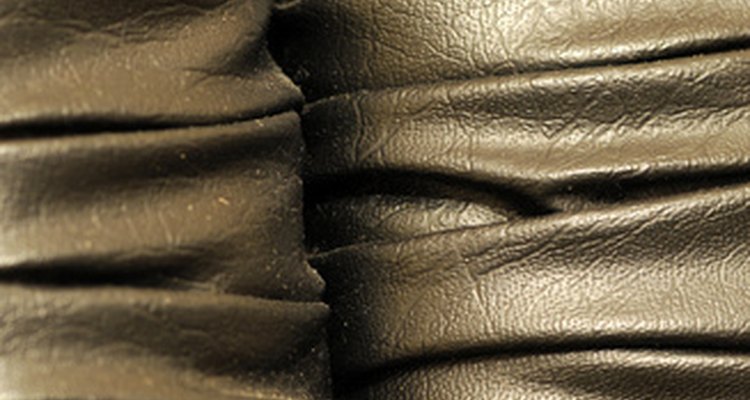
First used during World War II as a replacement for rubber, polyurethane is a versatile synthetic material now used in a variety of everyday products, from the insulation in your walls to the leather on your shoes.
Properties
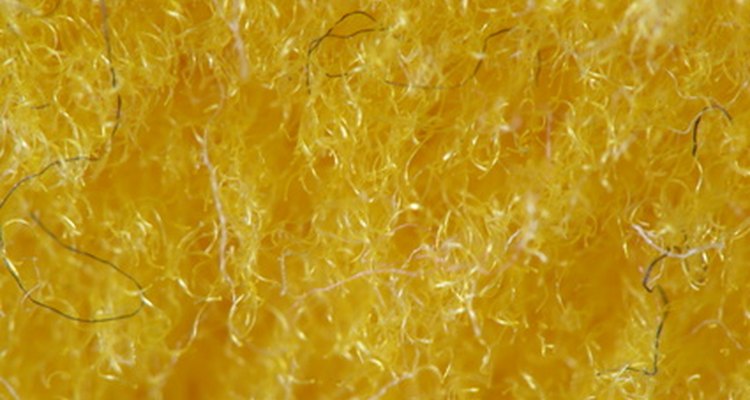
Polyurethane is a synthetic organic compound made of flexible polyester or polyether units along with rigid urethane units. Polyurethane can be made into fibers, foams and coatings for a variety of purposes.
History

The concept and chemistry of polyurethane was developed by Prof. Dr. Otto Bayer (1902-1982) and was initially used during World War II as a substitute for rubber, a rare resource. It was thereafter quickly formulated for use in fibers, foams, linings and more and can now be found in a wide range of modern products.
Uses
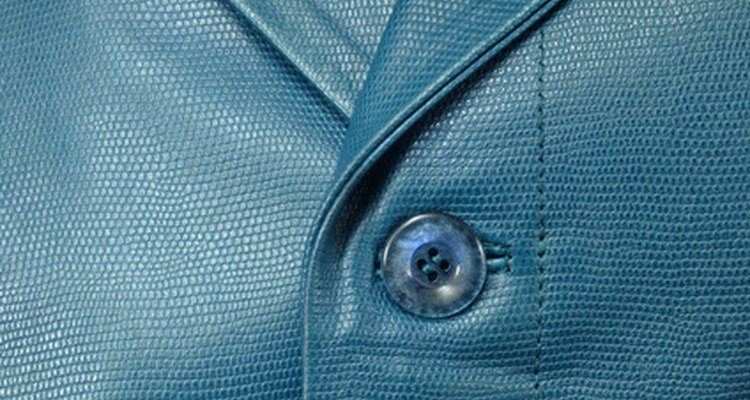
Leather shoes, jackets, sofas and other leather products are often coated with a layer of polyurethane. This protects the leather, allowing it to last longer, and gives it that new leather shine. It also makes the leather water and scratch resistant and allows for easier care.
Care
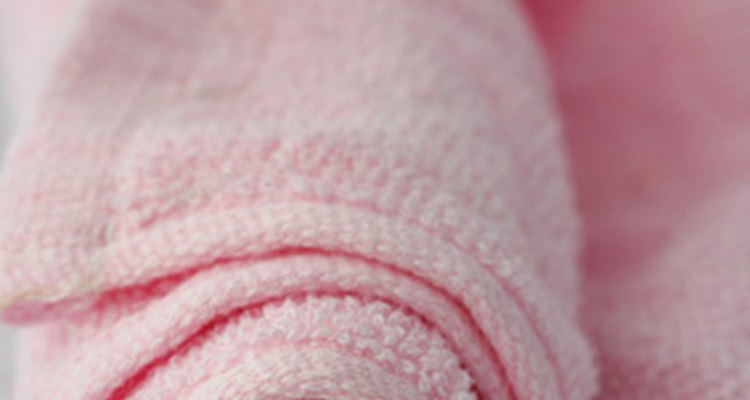
Polyurethane coated leather is easily cared for with a soft, damp cloth and, if necessary, a mild soap. Oils and common household cleaning agents are not recommended as they may wear down the protective polyurethane layer.
Related Articles

Will Cream of Tartar Whiten Teeth?
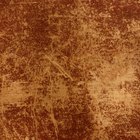
How to Restore Flaking Leather

Uses for Anhydrous Lanolin

How to Treat Doc Martens With Mink Oil
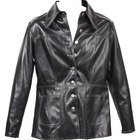
How Can I Take the Shine Off My Fake ...

How to Remove Sun Damage on Rain Boots
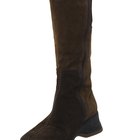
How to Use Kiwi Mink Oil to Waterproof ...

How to Clean Kevlar

How to Clean a Chamois Leather Jacket ...
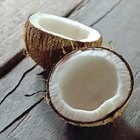
Uses of Coconut Fiber
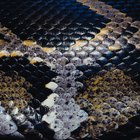
How to Care for Python Leather

How to Clean Scuffed Up Rain Boots
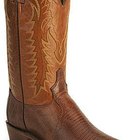
How to Clean Lizard Skin Boots
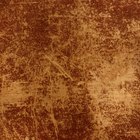
How to Beeswax Leather

How to Care for Moccasins

How to Make Homemade Waterproofing for ...

How to Care for Man-Made Boots

How to Remove Ink From Nylon

Cordura Vs. Leather

Mink Oil vs. Shoe Polish
References
- Organic Chemistry (4th Edition) by William H. Brown, Christopher S. Foote and Brent L. Iverson
- Polyurethane Applications
- Polyurethane History
Photo Credits
leather image by Zbigniew Nowak from Fotolia.com